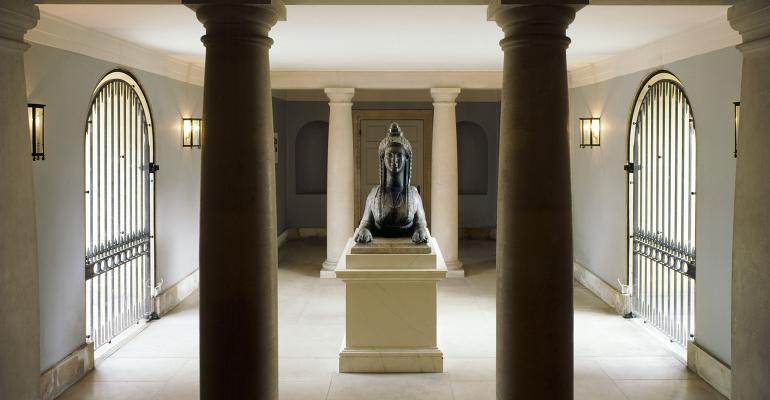When the 2017 Tax Cuts and Jobs Act narrowed the type of property eligible for like-kind exchanges to “real property,” it lowered the curtain on an active era of like-kind exchanges of artwork. However, the definition of eligible “real property” remained an open question. In particular, as it isn’t unusual for commercial buildings to incorporate valuable sculptures into courtyards or lobbies, the class of art collectors whose interest in art is coupled with an interest in real estate wondered to what extent exchanges of real property might include the value of any artwork affixed to such property.
Final Regs Issued
On Nov 23, 2020, the Internal Revenue Service issued final regulations (final regs) under Internal Revenue Code Section 1031(a), defining “real property” for the purpose like-kind exchanges as: (1) property specifically listed as “real property” in the final regulations, (2) property considered real property based on the facts and circumstances under the various factors provided, or (3) property classified as real property under state or local law (subject to some exceptions) at the time of the exchange.
Example Provided
Treasury Regulations Section 1.1031(a)-3(b), example 3 provides an example of a sculpture that qualifies as real property. The example itself directly addresses only a narrow class of art, but it provides the framework for analyzing whether artwork is real property for purposes of qualifying for a like-kind exchange. The example clarifies that because sculptures aren’t listed among the enumerated “inherently permanent structures,” whether or not a sculpture qualifies as an inherently permanent structure that’s permanently affixed must be analyzed under five factors provided in Treas. Regs. Section 1.1031(a)-3(a)(2)(ii)(C) as follows: (1) the manner in which the distinct asset is affixed to real property; (2) whether the distinct asset is designed to be removed or to remain in place; (3) the damage that removal of the distinct asset would cause to the item itself or to the real property to which it’s affixed; (4) any circumstances that suggest the expected period of affixation isn’t indefinite; and (5) the time and expense required to move the distinct asset. The regs note that affixation to real property may be accomplished by weight alone.
In the example, an indoor sculpture is considered to be real property because it: (1) is permanently affixed to the building by supports embedded in the building’s foundation; (2) isn’t designed to be removed and is designed to remain in place indefinitely, (3) would be damaged if removed and would damage the building to which it’s affixed; (4) is expected to remain in the building indefinitely; (5) would require significant time and expense to move.
Because a sculpture may be a valuable component of real property, the potential to characterize it as “real property” in a like-kind exchange is a very welcome result for art and real estate investors. Otherwise, sculptures would be treated as incidental personal property, and the regs require a taxpayer to recognize gain to the extent of any received money or property that isn’t of a like kind (such as incidental personal property). (Treasury Regulations Section 1.1031(k)-1(f)(1)). Further, the final regs cap the value of incidental personal property that may be transferred in an exchange without disqualifying the exchange.
As such, while the curtain remains drawn on like-kind exchanges with artwork, the final rules clarify that, at least for now, the curtain is lifted to a narrow class of like-kind exchanges involving artwork.





